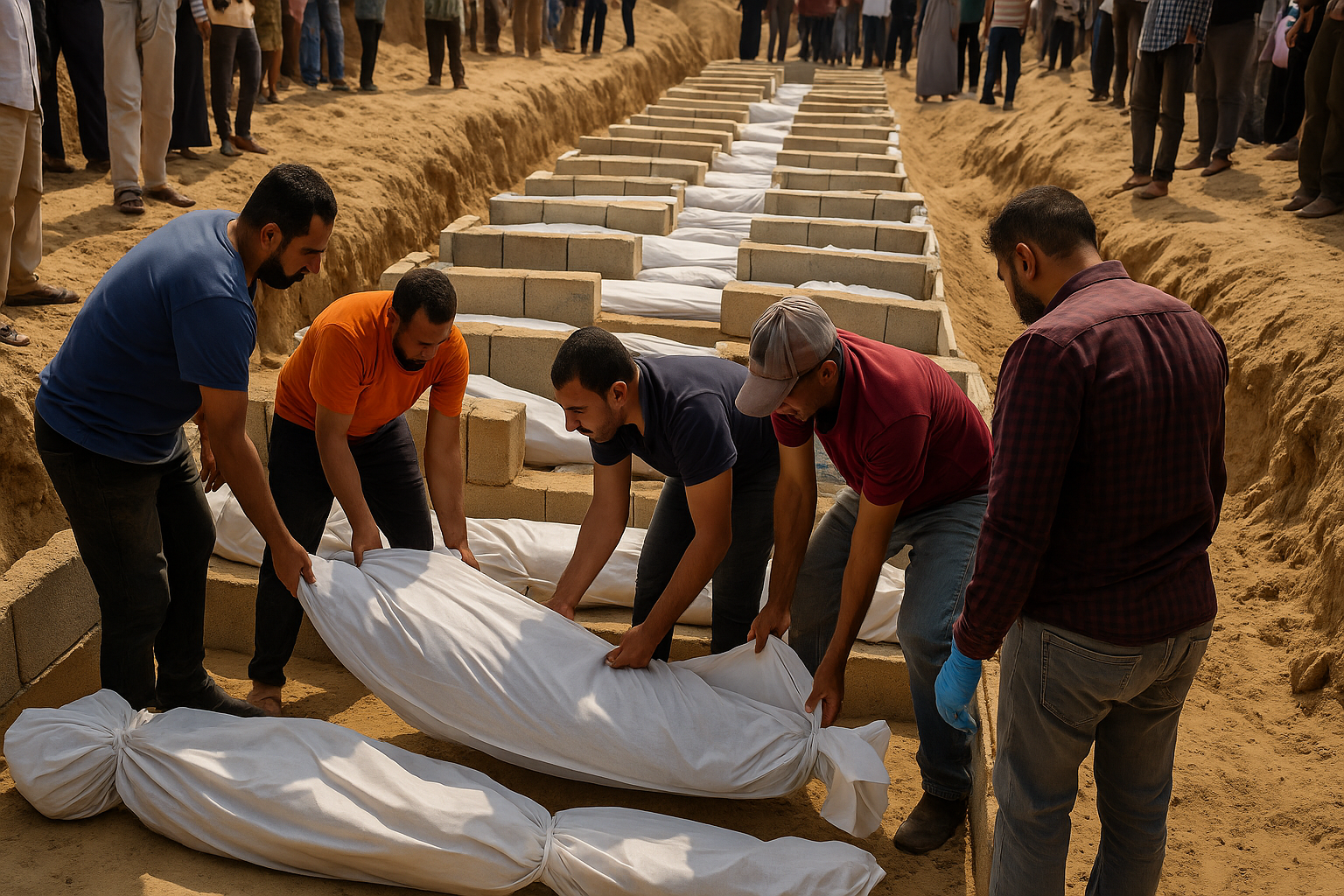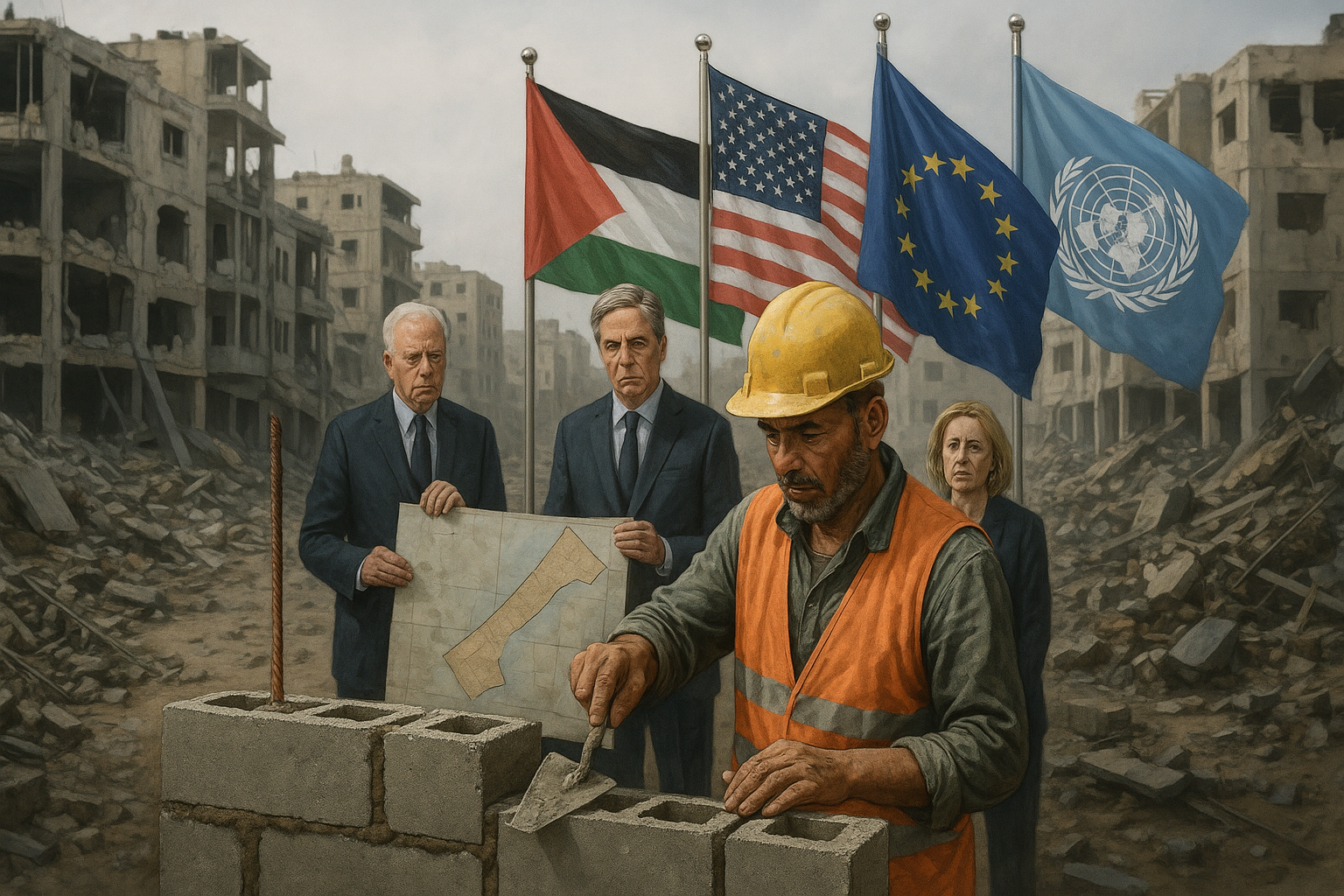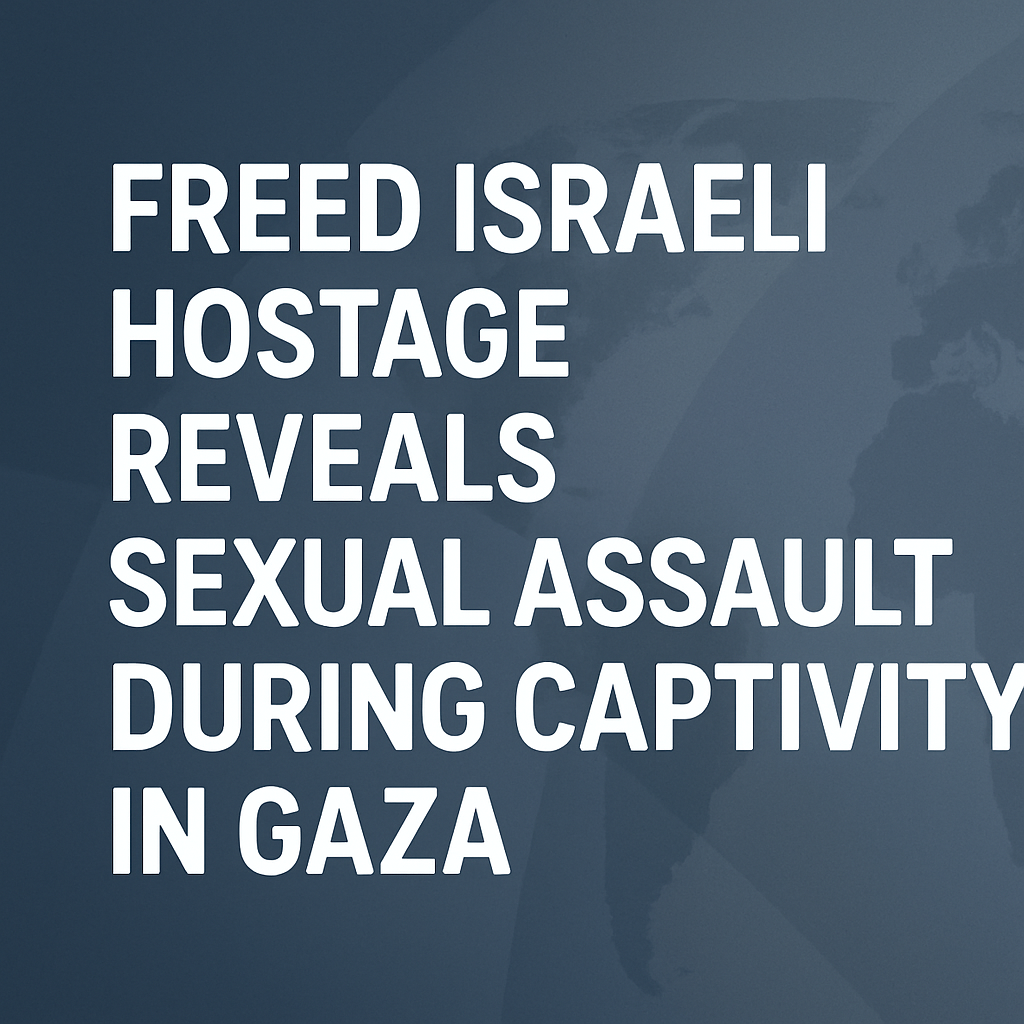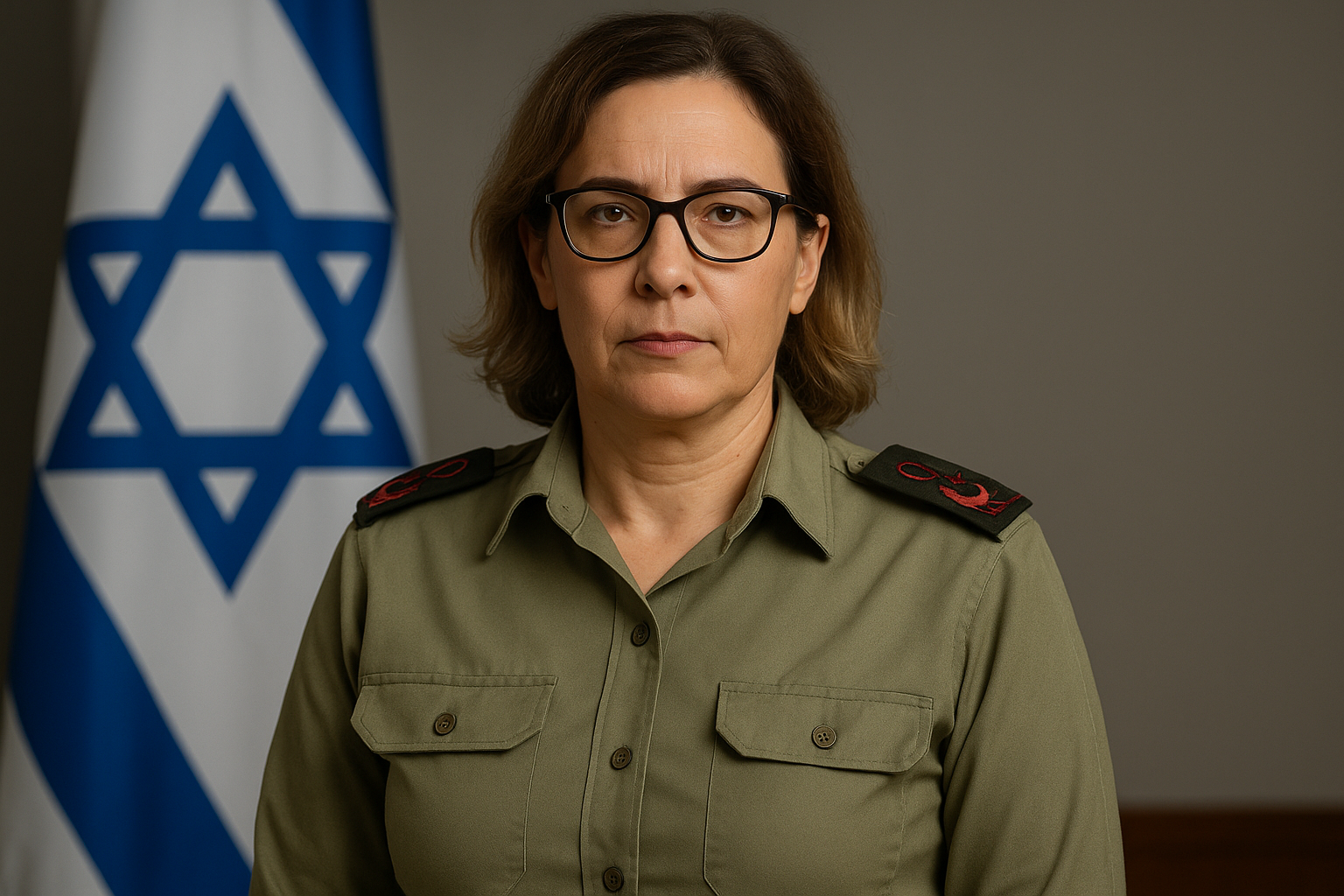Doctors in southern Gaza are facing severe challenges. They are attempting to investigate the condition of nearly 200 bodies returned by Israel. Many of these bodies show potential signs of torture or abuse.
At Nasser Hospital in Khan Younis, a small forensics team is working without proper equipment, storage, or laboratory capacity. The facility lacks both DNA testing tools and cold chambers needed to preserve remains.
Local health officials reported that 195 Palestinian bodies have been handed back by Israel in recent days. This return was under a deal brokered by former U.S. President Donald Trump. The deal included the exchange of 13 Israeli hostages’ bodies. Two additional hostages from Nepal and Thailand were also returned by Hamas.
The Red Cross transported the remains to Gaza in refrigerated trucks. Photos released by Gaza’s medical authorities show many bodies that arrived decomposed. Some were dressed only in underwear. Others were blindfolded or had their wrists bound.
Limited Capacity for Forensic Work
Dr. Ahmed Dheir, who leads the forensic team at Nasser Hospital, described the task as “extremely difficult.”
“The bodies arrive completely frozen, and it can take days for them to thaw,” he said. “Once that happens, decomposition begins immediately, leaving us little time to identify them or carry out proper examinations.”
With no cold storage, doctors can only document visible injuries and collect tissue samples before decay sets in.
Dr. Dheir said that many of the returned bodies showed deep marks on their wrists and ankles — evidence, he believes, that they had been restrained before death.
Another forensic doctor, Dr. Alaa al-Astal, said several of the remains bore “clear signs of torture,” including severe bruising and injuries from tight bindings.
“In some cases, the cuffs were so tight that blood circulation stopped completely,” he said. “You could see deep grooves on the wrists and ankles, and even around the eyes from blindfolds.”
Evidence and Expert Opinions
Human rights groups and forensic specialists abroad reviewed photographs of the remains. They said the images raised serious questions. Conclusive findings would require full autopsies.
Michael Pollanen, a forensic pathologist at the University of Toronto, called it an “international forensic emergency.”
“To determine the real cause of death, complete medicolegal autopsies must be performed,” he said.
Israel’s military told reporters that its actions comply with international law and denied mistreating or tying bodies before their return.
Gaza’s forensic officials and human rights organizations report that the injuries resemble those documented in cases of detainee abuse inside Israeli prisons. This is particularly apparent at the Sde Teiman military facility.
Naji Abbas heads the Prisoners and Detainees Program at Physicians for Human Rights Israel (PHRI). He said many prisoners had been restrained for months.
“Detainees were often kept cuffed behind their backs and blindfolded 24 hours a day,” he said. “This led to infections and permanent injuries.”
Identification Challenges
Identifying the returned bodies has been another major challenge. According to Sameh Yassin Hamad from Gaza’s Forensics Committee, Israel provided names for only six of the 195 bodies. Five of these names were incorrect.
“Israel surely has full data about these individuals but hasn’t shared it,” said Dr. Dheir. “We’ve received partial DNA profiles but no information on where or how they died.”
Some bodies were returned wearing Hamas headbands or combat boots. However, most were in civilian clothing or partially unclothed. This made it difficult to determine whether they were fighters or civilians.
So far, roughly 50 of the dead have been identified using basic characteristics like height or scars. Around 54 others have been buried without identification due to the lack of storage space.
Families Await Answers
At Nasser Hospital, families of missing persons gather daily, hoping to recognize loved ones.
“It’s unbearable not knowing,” said Rami al-Faraa, searching for his cousin. “We just want confirmation.”
Another woman, Houwaida Hamad, who is looking for her nephew, added: “If DNA testing were possible, we’d finally have answers. My sister would know if the one we buried was truly her son.”
Although the ceasefire deal has brought a fragile peace to Gaza, the suffering for families continues. Many are left to mourn without certainty or closure.
An earlier version of this story stated that 13 Israeli hostages’ bodies had been returned by Hamas. It was briefly updated to 11 but has since been confirmed as 13. The two additional bodies returned were of one Nepalese and one Thai citizen.






Leave a Reply